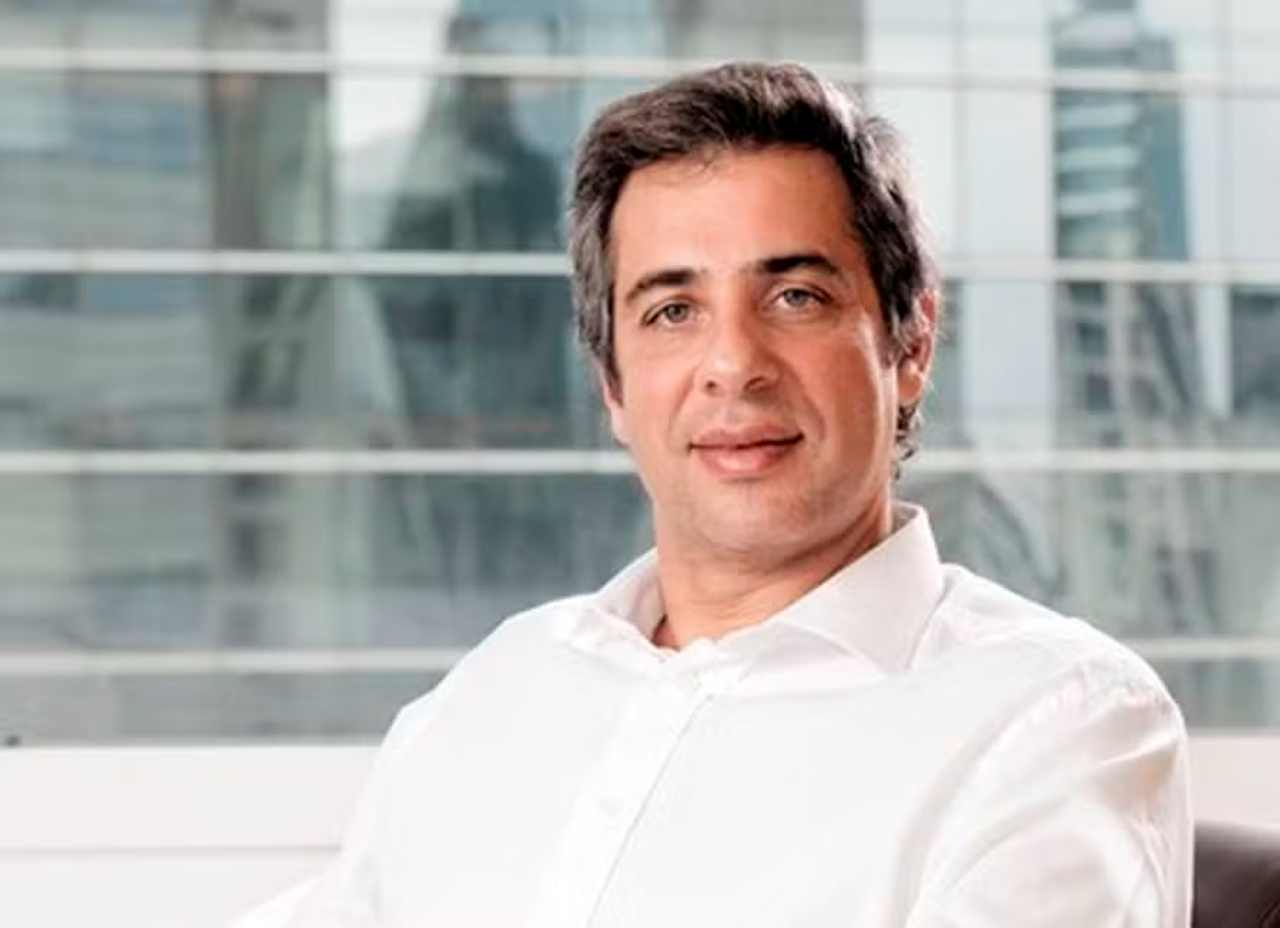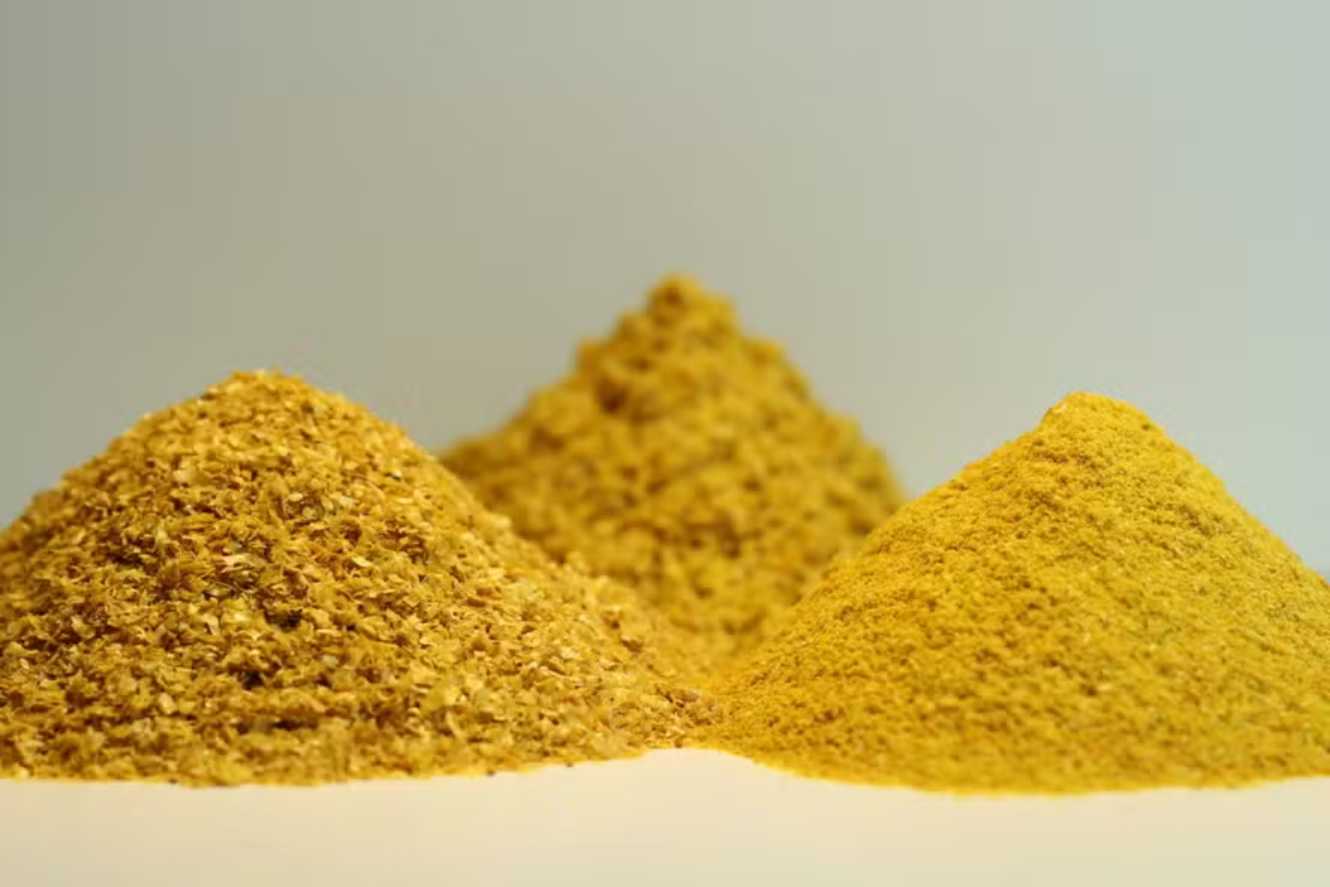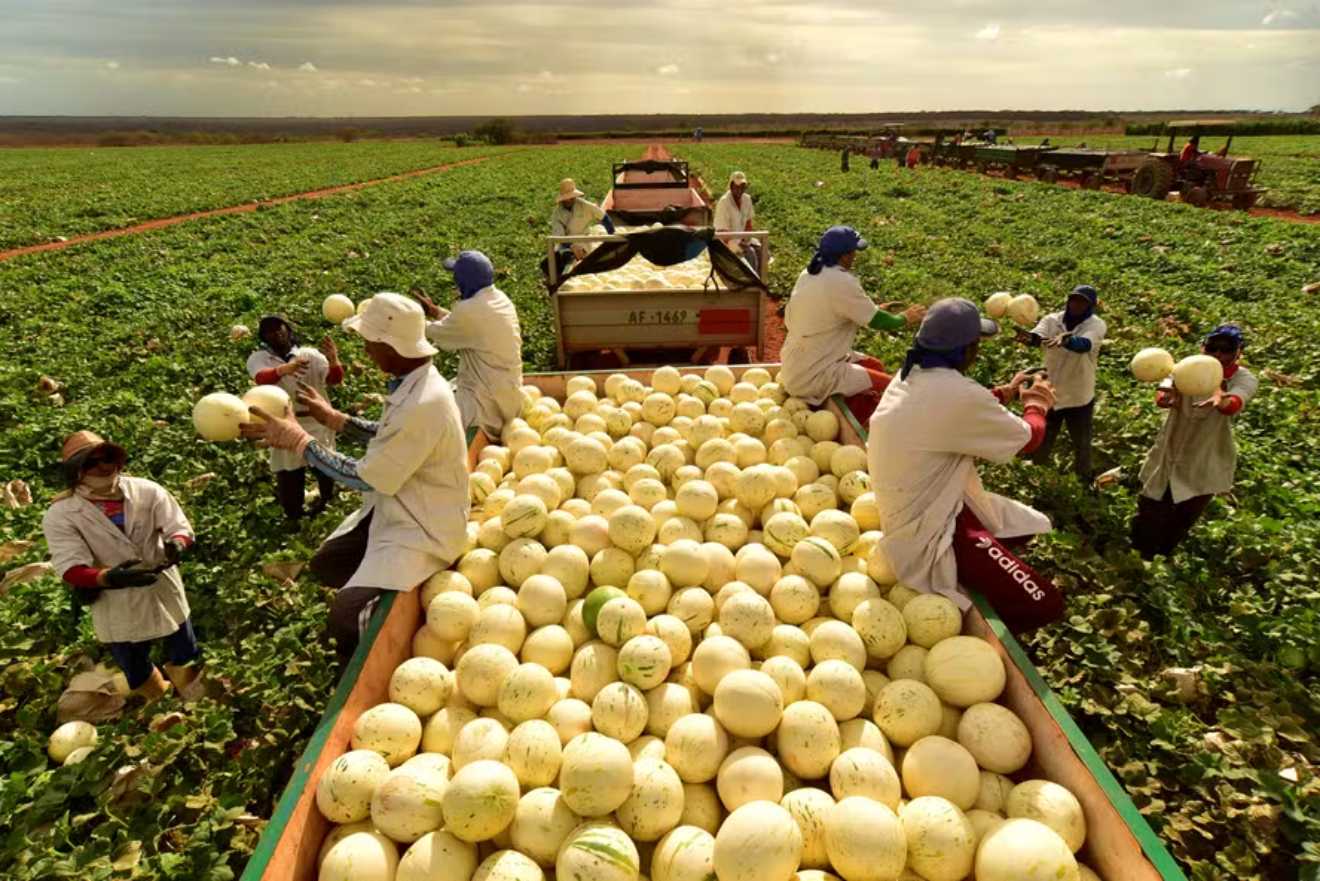In a teleconference, Minerva’s CEO states that the company is evaluating how to change the management model of the units acquired in October.
During the third-quarter financial results teleconference, Minerva’s CEO, Fernando Queiroz, commented that the integration of the new Marfrig units is still in the evaluation phase. “We have been in the factories for eight days, so we are still evaluating,” he said. On October 28, the company completed the purchase of 13 production plants and a distribution center from Marfrig, located in Brazil, Argentina, and Chile.
He pointed out that the newly acquired plants operate under a different management model, and some facilities have maintenance standards below those of Minerva, which he attributes to the natural transition process and the prolonged time taken for the sale.
The CEO assessed that processes and standards should be aligned over the next four to five quarters. Additionally, he mentioned that the transfer of operational authorizations will be completed by the end of the year in each of the countries involved in the acquisition.
The impact of this transition is expected to reflect on the company’s results in the coming months as adjustments and realignments of the new plants’ operations take place. In the third quarter, Minerva reported a reduction in profits, attributed to an increase in its gross debt, which was necessary to finance the acquisition of Marfrig’s units.
Cattle Price
Regarding expectations for the fourth quarter, Queiroz expects the rise in cattle prices to impact the results. “You certainly have a short-term inertia with the rise in cattle prices and an inertia in passing these prices forward,” he explained.
Queiroz stated that the supply and demand situation has “never been so favorable for South America, and there have never been so many open markets.”
According to the executive, the reduction in U.S. production, without a reduction in demand, benefits Brazil’s exports. Furthermore, a decline in the profitability of Chinese producers, the culling of females, and a drop in the production of new calves “are putting additional pressure on the Chinese market, and we expect a substitution through exports. Whether it will come from Brazil or other countries, we still don’t know,” Queiroz explained.





